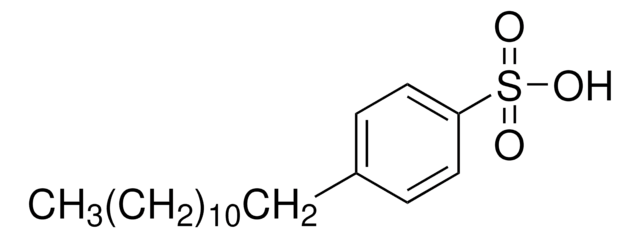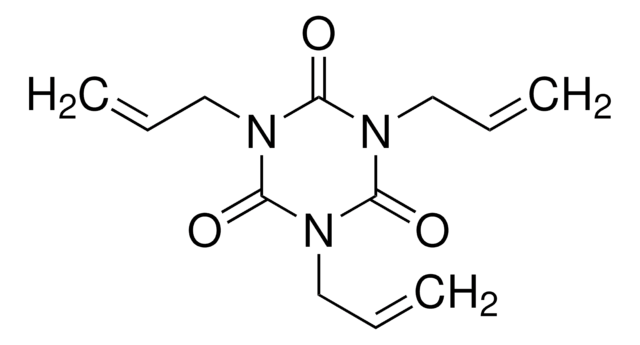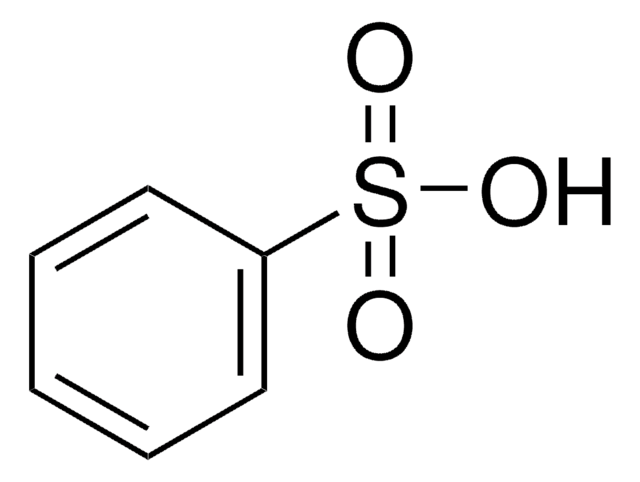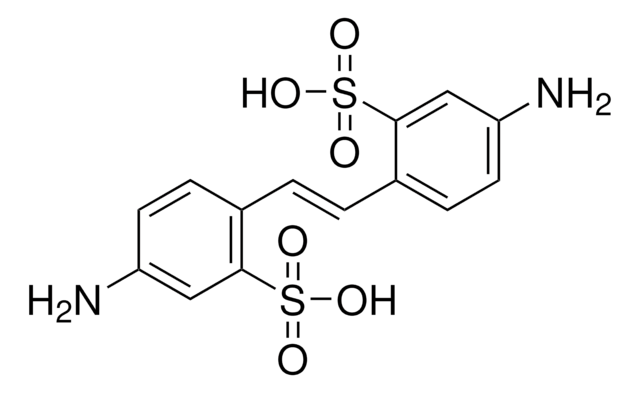522988
Dinonylnaphthalenedisulfonic acid solution
55 wt. % in isobutanol
Synonym(s):
DNNDSA
About This Item
Recommended Products
Quality Level
concentration
55 wt. % in isobutanol
refractive index
n20/D 1.476
bp
101 °C
solubility
H2O: insoluble
alcohols, glycol ethers, glycols, esters, ketones, aromatic and aliphatic hydrocarbons: soluble
density
0.98 g/mL at 25 °C
storage temp.
2-8°C
SMILES string
CCCCCCCCCc1ccc2c(c(CCCCCCCCC)ccc2c1S(O)(=O)=O)S(O)(=O)=O
InChI
1S/C28H44O6S2/c1-3-5-7-9-11-13-15-17-23-19-21-26-25(27(23)35(29,30)31)22-20-24(28(26)36(32,33)34)18-16-14-12-10-8-6-4-2/h19-22H,3-18H2,1-2H3,(H,29,30,31)(H,32,33,34)
InChI key
KVOYCYJHAKSFSR-UHFFFAOYSA-N
General description
Application
Packaging
Signal Word
Danger
Hazard Statements
Precautionary Statements
Hazard Classifications
Eye Dam. 1 - Flam. Liq. 3 - Skin Irrit. 2 - STOT SE 3
Target Organs
Central nervous system, Respiratory system
Storage Class Code
3 - Flammable liquids
WGK
WGK 3
Flash Point(F)
115.0 °F - closed cup
Flash Point(C)
46.11 °C - closed cup
Choose from one of the most recent versions:
Certificates of Analysis (COA)
Don't see the Right Version?
If you require a particular version, you can look up a specific certificate by the Lot or Batch number.
Already Own This Product?
Find documentation for the products that you have recently purchased in the Document Library.
Our team of scientists has experience in all areas of research including Life Science, Material Science, Chemical Synthesis, Chromatography, Analytical and many others.
Contact Technical Service









